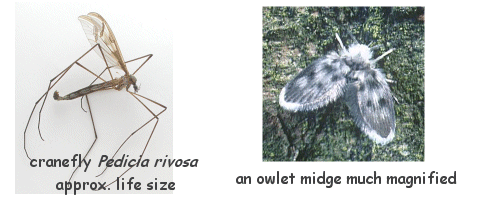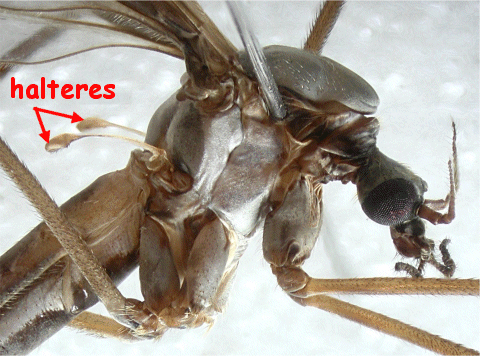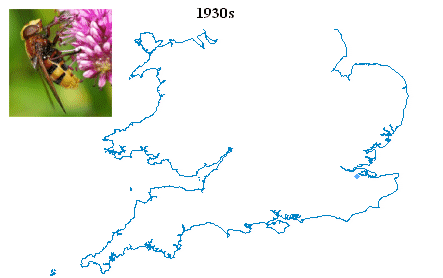
The Society for the study of flies (Diptera)
Affiliated to the British Entomological and Natural History Society (BENHS)
You are not logged in.
#1 2008-02-27 11:03:45
- stuart
- Administrator

- Name: Stuart Ball
- Registered: 2007-04-21
- Posts: 142
Why are flies interesting?

The rare Scottish robber fly Laphria flava.
Did you know that there are about 7,000 species of fly in Britain ranging from the largest "daddy-long-legs" to the smallest "moth fly (owl midge)" the size of a pin head? Flies can be beautiful, fascinating and spectacular. There are flies that mimic striped wasps and others that mimic fluffy bees (and neither sting!) not to mention the picture wing flies � modern art indeed.
The Diptera ("di-ptera" = two-winged) or "true flies" represent a significant proportion of our national biodiversity. Entomologists who specialise in these insects are dipterists.
Why do flies have only two wings (one pair), when most insects have four (two pairs)? The hind wings in flies are reduced and modified to structures called halteres which help them to balance and manoeuvre when flying. These look rather like drumsticks or lollipops and the best fly to see them on is a big cranefly (daddy-long-legs).
There is so much still to learn about the lives of flies. The life cycles of the majority are still unknown, but most species undergo a four stage development: egg-larva-pupa-imago as in butterflies. The feeding habits of fly larvae (commonly called maggots) are hugely varied, ranging from feeding on dead wood and fungi, mining inside leaves or stems, predators in soil or moss, scavengers in the nests of ants, bees or wasps, predators on the larvae of beetles under bark and even parasites within the bodies of caterpillars and snails. The list seems almost endless!
The Dipterists Forum was set up in 1993 by a group of people who find flies attractive and interesting and who wanted to find out more about every aspect of their lives, including the habitats they require. There are flies that utilise all natural habitats from the seaweed strand-line on beaches through woods, downlands, meadows, marshes and bogs right up to the highest moors and mountain tops. For this reason, studying the flies in an area gives a really good idea of the quality of any habitat.
Mapping the distribution of flies nationally is a major achievement of the Dipterists Forum to date. There is still much to do, but already this shows us how many species are becoming rare, as a consequence of habitat losses due to wetland drainage, urban development and agricultural improvement. As the climate changes, this mapping has become very important as it shows how some southern species are moving north with the warming.
Volucella zonaria is our biggest hoverfly and often visits flowers in parks and gardens. It was a very rare vagrant from southern Europe until the 1940s when it began to settle in the London area - probably because the city is warmer ("urban heat island"). Since the mid-1990s it has been spreading rapidly and is now widespread in southern Britain.
What will happen to the flies of the highest mountain tops? As the South warms, are European species invading? Why not join the Dipterists Forum and help us find out more about flies? There is so much still to learn; we welcome beginners and there are always people who can help you out in the early stages of studying this group. You don�t need to be an expert to make really important discoveries and contribute greatly to our knowledge.
Flies need your help!
Stuart
Offline